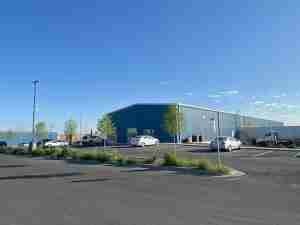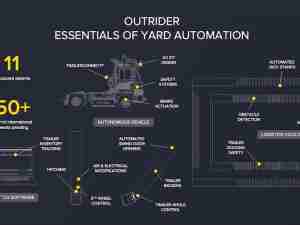The automotive industry is in the midst of three crucial transitions: from internal combustion engines to battery electric vehicles (BEVs), toward vehicle automation, and away from consumer ownership-based business models. To help guide innovation in this space, Lux Research released its annual report, “Foresight 2021: Top Emerging Technologies to Watch.”
The Foresight 2021 report identifies and ranks 12 key technologies that will reshape the world. The technologies are chosen based on innovation interest scores from the Lux Tech Signal, a composite measure assembled from a variety of innovation data sources, along with input from Lux’s experts. In addition to highlighting the overall technologies, for the first time ever, this year’s report ranks the top five technologies in the automotive sector.
Lux’s new report analyzes the mobility space and reviews what topics emerged and which technologies gained traction during 2020. Its expert analysis of the hottest innovation topics and best tech startups found that the top five technologies mobility innovation leaders should look to in the next decade are:
“Each year, when we are preparing our annual report, our clients ask us, ‘Which of these are most important for my industry?’” explains Chris Robinson, Senior Analyst at Lux Research. “While COVID-19 presented financial challenges to the industry, automakers cannot afford to overlook long-term innovation, as the pandemic has accelerated timelines for adoption of electric and autonomous vehicles.”
- Autonomous Vehicles – Vehicle autonomy is the biggest and most expensive challenge to come to the industry in decades, with applications in both commercial and personal vehicles.
- AI-Enabled Sensors – Improving vehicles’ “awareness” of the surrounding environment is key for enabling autonomy and other features; AI will boost sensors’ capabilities.
- Shared Mobility – Multimodal platforms, which integrate many shared services, such as ride-hailing and bike-sharing, threaten the conventional automaker business model.
- Battery Swapping – Even the fastest charging is still slower than filling a gas tank, with negative impacts on the grid, and swapping batteries is a promising alternative.
- 3D Printing – The auto industry has long been a leader in 3D printing for prototyping, but now uses in molds and tooling, replacement parts, and even production parts are growing.







